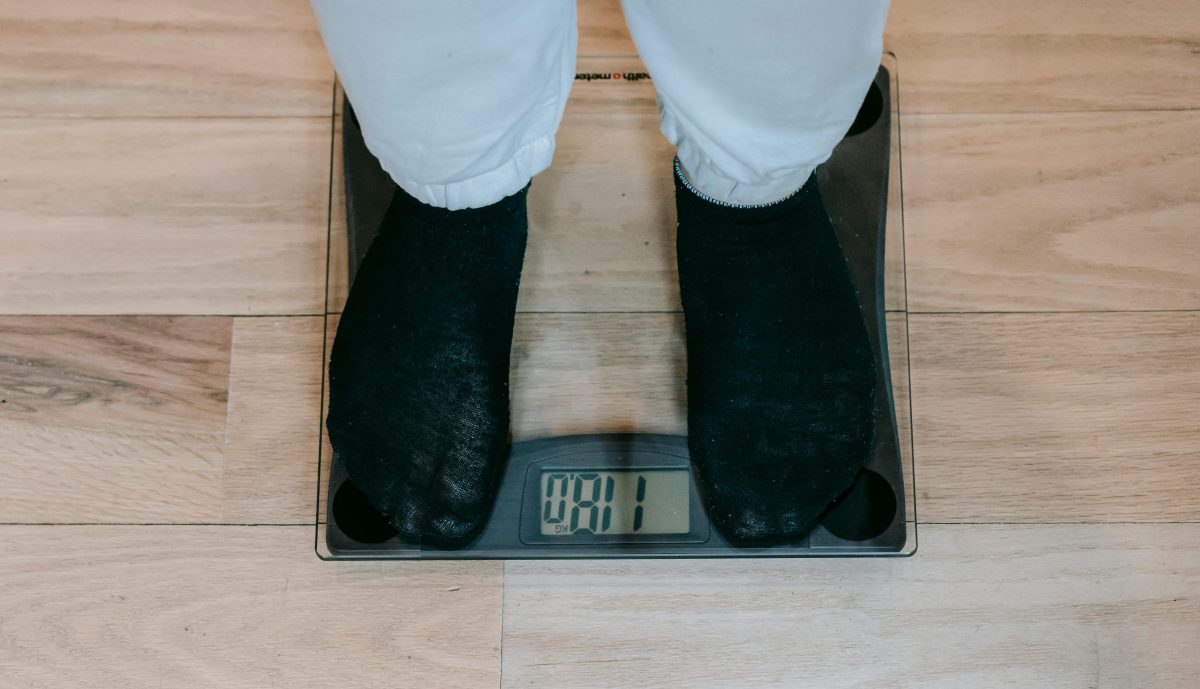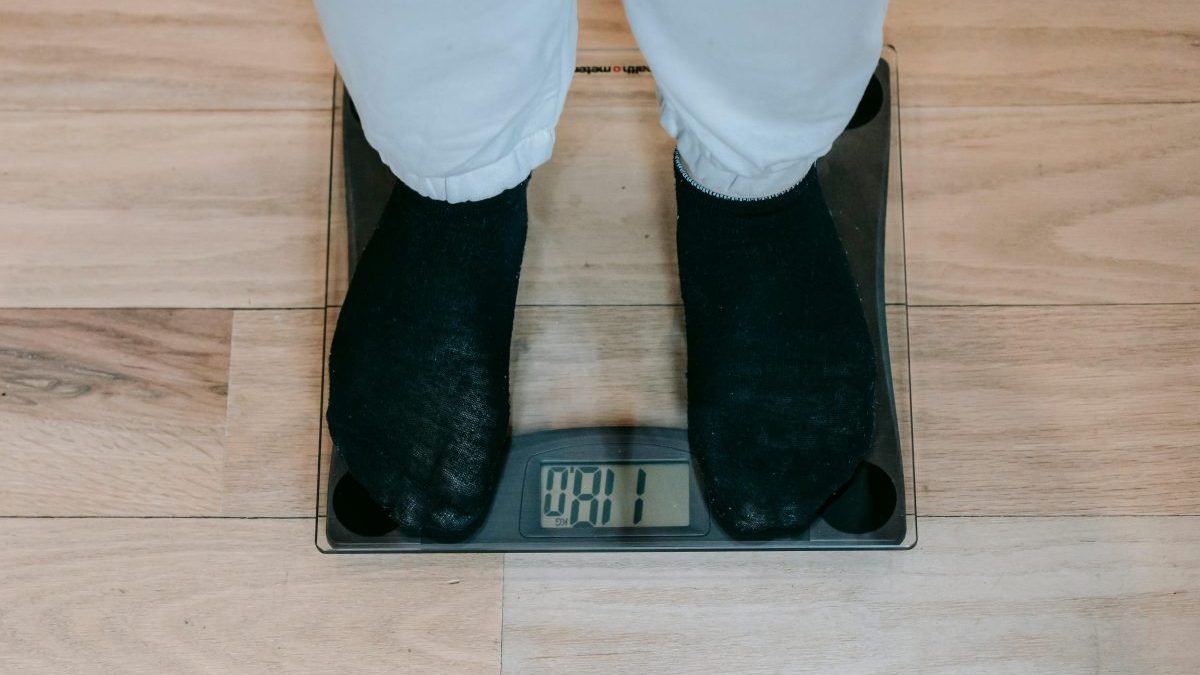Last Updated on: 14th July 2024, 09:29 am
Introduction to Body Types

Understanding body types is a cornerstone in the realm of fitness and health. It’s not just about recognizing differences; it’s about embracing them. This knowledge empowers individuals to tailor their fitness and nutrition plans, ensuring they work in harmony with their body’s natural predisposition. The journey to optimal health begins with this fundamental insight.
At the heart of this concept lie three main body types:
- Ectomorphs are typically lean and struggle to gain muscle or fat.
- Mesomorphs, on the other hand, find it relatively easy to build muscle.
- Endomorphs tend to gain both muscle and fat more easily, often struggling more with weight loss.
Recognizing your body type can be a game-changer, guiding you towards the most effective workouts and dietary choices for your physique.
Embracing this knowledge sets the stage for a personalized fitness journey, one where goals are not just dreams but achievable realities. It’s about working with your body, not against it. This understanding is not just a tool; it’s a roadmap to a healthier, more vibrant you.
The Science Behind Body Types

Historical Background and Development
The theory of body types has evolved significantly since its inception in the early 20th century. Initially, it was a way to categorize physical characteristics that seemed to predominate certain groups. Over time, this theory has been refined to better understand how genetics and lifestyle influence our body shape. This historical journey underscores the complexity of human physiology and the need for personalized approaches in fitness and health.
Genetic and Environmental Factors
Our body type is the result of a fascinating interplay between our genes and the environment. Genetics dictate our predisposition, setting the stage for our potential body shape. However, environmental factors, including diet and physical activity, play a crucial role in how our body ultimately develops. This dynamic interaction means that while we may have a natural tendency towards a certain body type, we have the power to influence our physique through lifestyle choices.
The Role of Metabolism
Metabolism is the unsung hero in the story of body types. It’s the process by which our bodies convert food into energy, and it varies from person to person. This variation is a key factor in determining our body type. Ectomorphs, with their high metabolic rates, burn calories quickly, while endomorphs may have slower metabolisms, affecting how they gain weight and muscle. Understanding your metabolic rate is crucial, as it influences the dietary and exercise strategies that will be most effective for you.
Recognizing the science behind body types illuminates the path to optimizing our fitness and health strategies. It’s a testament to the uniqueness of each individual and a call to embrace personalized health journeys. With this knowledge, we’re better equipped to work with our bodies, crafting routines that align with our genetic blueprint and lifestyle, propelling us towards our health and fitness goals.
Detailed Exploration of the Three Body Types

Ectomorph: The Lean Machine
Ectomorphs are often characterized by their:
- Lean, long, and slender physique
- Fast metabolism, making gaining weight and muscle a challenge
For those with this body type, the focus should be on:
- Consuming more calories, coupled with strength training to build muscle mass
- Incorporating protein-rich foods and complex carbohydrates to fuel workouts and aid in recovery
- Resistance training, with an emphasis on heavier weights and lower repetitions, can be particularly effective
Mesomorph: The Natural Athlete
Mesomorphs have a natural advantage in the fitness world, thanks to their:
- Well-defined muscles and balanced body composition
- Efficient metabolism, gaining muscle easily
To maximize their potential, a combination of:
- Strength training and cardiovascular exercises is recommended
- Focusing on a balanced diet that fuels workouts while maintaining lean muscle mass will keep mesomorphs in top shape
- Varied workout routines, including both HIIT and moderate endurance activities, can yield excellent results
Endomorph: The Powerhouse
Endomorphs are characterized by their:
- Solid and often rounder physique, with a propensity to store fat more easily than the other body types
- Challenges in losing weight but can build strength and muscle adeptly
A focus on:
- A high-protein, low-carb diet can help manage weight
- A consistent exercise routine that combines cardio and strength training can be effective in achieving a leaner body composition
- For endomorphs, consistency is key—regular, varied workouts paired with a disciplined dietary approach can lead to significant improvements in fitness and health
Understanding your body type can unlock the door to optimized fitness strategies tailored to your unique genetic blueprint. By embracing our individuality, we can craft a health and fitness journey that is not only effective but also sustainable and enjoyable. Whether you’re an ectomorph, mesomorph, or endomorph, the key is to work with your body, not against it, to achieve your health and fitness goals.
Nutrition and Body Types

The Impact of Diet on Body Shape and Fitness Outcomes
The food we eat plays a pivotal role in shaping our body and influencing our fitness results. A diet rich in nutrients supports muscle growth and fat loss, key components in achieving a desired physique. Whether you aim to slim down, bulk up, or enhance athletic performance, the right nutritional plan can make all the difference. Tailoring your diet to your body type not only accelerates progress but also ensures long-term success.
Nutritional Guidelines Tailored for Each Body Type
Understanding that one size does not fit all is crucial when it comes to nutrition. For each body type:
- Ectomorphs: Thrive on a higher calorie intake, benefit from a diet rich in proteins and healthy fats to fuel muscle growth
- Mesomorphs: Achieve optimal results from a balanced mix of proteins, carbs, and fats, ensuring they fuel their workouts effectively while maintaining muscle mass
- Endomorphs: Focusing on weight management, may find a lower carb approach beneficial, emphasizing proteins and healthy fats to feel satiated and energized
The Importance of Balance and Moderation in Diet for All Body Types
Regardless of body type, the principles of balance and moderation stand firm. Overindulgence or extreme dietary restrictions can derail fitness goals, leading to poor health outcomes. A balanced diet, rich in a variety of nutrients, supports overall health, providing the energy and strength needed for physical activity. Moderation, the key to a sustainable diet, ensures that you enjoy your meals without compromising your fitness objectives. Embracing these principles, alongside a diet tailored to your body type, paves the way for a healthier, fitter you.
Exercise Recommendations for Each Body Type

The Role of Cardiovascular and Strength Training in Sculpting the Body
Cardiovascular and strength training are two pillars of a well-rounded fitness routine, each playing a vital role in sculpting the body. Cardiovascular exercises, such as running, swimming, or cycling, enhance heart health and burn calories, aiding in fat loss. Strength training, on the other hand, builds muscle, boosts metabolism, and shapes the physique. Together, they create a balanced approach to fitness, ensuring both internal health and external aesthetics are addressed.
Customized Exercise Plans for Ectomorphs, Mesomorphs, and Endomorphs
Ectomorphs benefit from a focus on strength training, with less emphasis on cardio, to build muscle mass. Compound movements like squats, deadlifts, and bench presses are particularly effective. Mesomorphs, with their natural athletic build, should aim for a balanced mix of cardio and strength training to maintain their physique. High-intensity interval training (HIIT) can be especially beneficial. Endomorphs, aiming to lose fat and build muscle, might focus on higher intensity cardio and strength training, with exercises tailored to increase their metabolic rate.
The Importance of Consistency and Adaptability in Fitness Routines
Consistency is the cornerstone of any successful fitness journey. Regular exercise, tailored to one’s body type, yields the best results over time. However, adaptability is equally important. As bodies change and adapt to exercise routines, so too should the routines themselves. This dynamic approach ensures continuous progress, preventing plateaus and keeping the journey towards health and fitness both challenging and rewarding. Embracing consistency and adaptability allows for a fitness routine that evolves with you, ensuring long-term success and satisfaction.
Understanding and applying these exercise recommendations, based on body type, can significantly enhance the effectiveness of your fitness routine. By focusing on the unique needs of ectomorphs, mesomorphs, and endomorphs, and emphasizing the importance of consistency and adaptability, individuals can sculpt their ideal physique. This personalized approach not only optimizes results but also fosters a deeper connection with one’s body, leading to a healthier, more fulfilling fitness journey.
Overcoming Challenges and Setting Realistic Goals

Common Misconceptions and Challenges
It’s easy to fall prey to the myth that body types dictate our fitness destiny. Ectomorphs might feel disheartened by slow muscle gains, while endomorphs often grapple with weight loss. Mesomorphs, despite their genetic gifts, can struggle with complacency. These challenges, however, are not insurmountable. With the right mindset and approach, anyone can transcend their genetic limitations.
Strategies for Maximizing Potential
- Ectomorphs: Benefit from increased caloric intake and focused strength training.
- Mesomorphs: Should leverage their natural athleticism but avoid plateauing by varying their workouts.
- Endomorphs: Can enhance their metabolic efficiency through a combination of cardio and strength exercises.
Tailoring strategies to your body type can unlock your full potential.
Setting Achievable Fitness Goals
Realistic goal-setting is crucial. It involves understanding your body’s capabilities and setting milestones that are challenging yet attainable.
- Ectomorphs: Might set progressive strength targets.
- Mesomorphs: Could aim for balanced body composition.
- Endomorphs: May focus on incremental fat loss and muscle gain.
Sustainable goals consider long-term health, allowing for adjustments as your body responds to your fitness regimen.
By acknowledging the unique hurdles each body type faces, we can devise personalized plans that turn perceived weaknesses into strengths. This approach not only fosters physical transformation but also cultivates mental resilience. Remember, the journey is as important as the destination, and setting the right goals is the first step towards a rewarding path to fitness.
In Closing
Embrace your unique fitness journey. This path, tailored to your body type, promises not just results but fulfillment. Understanding and working with your genetic blueprint, coupled with adaptable lifestyle choices, paves the way for a healthier, more vibrant you. Through personalized strategies in diet and exercise, each individual can overcome challenges and set realistic, achievable goals. Let’s move forward, embracing our individuality and the power it holds to transform our health and fitness journeys.
Understanding Body Types and Their Implications for Fitness FAQs
Yes, body type can influence the risk of developing certain health conditions, with each type predisposed to different potential issues. Ectomorphs may have a lower risk of obesity-related diseases but could be more prone to conditions like osteoporosis. Endomorphs might have a higher risk of cardiovascular disease and diabetes due to a tendency to carry more body fat, particularly around the abdomen.
Body types are largely determined by genetics and do not change significantly over time, though one’s composition of muscle and fat can vary. Lifestyle, diet, and exercise can alter how the body looks, making it appear as though one’s body type has changed. However, the fundamental bone structure and genetic predisposition towards weight distribution and muscle growth remain constant.
Endomorphs can effectively lose weight through a combination of cardiovascular exercise and strength training, alongside a calorie-controlled diet. High-intensity interval training (HIIT) can be particularly effective for burning fat, while strength training helps build muscle, increasing the body’s metabolic rate. A focus on whole foods, particularly those high in fiber and low in simple carbohydrates, can help manage calorie intake and promote weight loss.
Understanding your body type helps tailor your fitness and nutrition plan to suit your body’s natural tendencies. For ectomorphs, this might mean focusing on calorie-dense foods and strength training to build mass, while endomorphs might focus on a balance of cardio and strength training with a diet rich in lean proteins and vegetables to manage weight. Mesomorphs, benefiting from both worlds, can adjust their routines and diet based on their current fitness goals.
Ectomorphs should focus on strength training with heavy weights and fewer repetitions to encourage muscle growth and size. Incorporating compound movements like squats, deadlifts, and bench presses can be particularly effective for building mass. Adequate rest between workout sessions is crucial for muscle recovery and growth for ectomorphs.
Yes, it is common for individuals to exhibit characteristics of more than one body type. Many people find that they do not fit perfectly into one category and instead share traits from two body types, such as being an ecto-mesomorph or endo-mesomorph. This hybrid body type can influence fitness and nutrition strategies, requiring a more customized approach.
The three primary body types are ectomorph, mesomorph, and endomorph. Ectomorphs are typically lean and have difficulty gaining weight, both muscle and fat. Mesomorphs find it relatively easy to gain and lose weight and can build muscle quickly, while endomorphs tend to gain weight easily and have a higher body fat percentage.
Mesomorphs benefit from a balanced diet that includes a mix of carbohydrates, proteins, and fats to maintain their physique. A higher protein intake can support muscle maintenance and growth, while moderate amounts of carbs and fats can fuel workouts and recovery. Adjusting calorie intake based on activity level and fitness goals is key for mesomorphs.
Genetics play a significant role in determining one’s body type, influencing bone structure, muscle mass, and fat distribution. While lifestyle and environmental factors can modify the appearance of one’s body, genetic predisposition largely dictates how easily one gains muscle or stores fat. This genetic blueprint is why individuals with the same diet and exercise routine can have vastly different outcomes in terms of physique.
The supplement needs can vary by body type, with ectomorphs possibly benefiting from weight gainers and protein supplements to support muscle growth. Mesomorphs might focus on protein supplements, creatine, and branched-chain amino acids (BCAAs) to enhance recovery and muscle development. For endomorphs, fat burners, along with fiber supplements, could support weight loss efforts, though whole foods should remain the dietary foundation for all body types.
Orlando is a all round athlete from Australia, now resident in Germany. His sports of passion of American Football(Offensive line), weight training and indoor rock climbing where he uses his 195cm wing span to his advantage.



